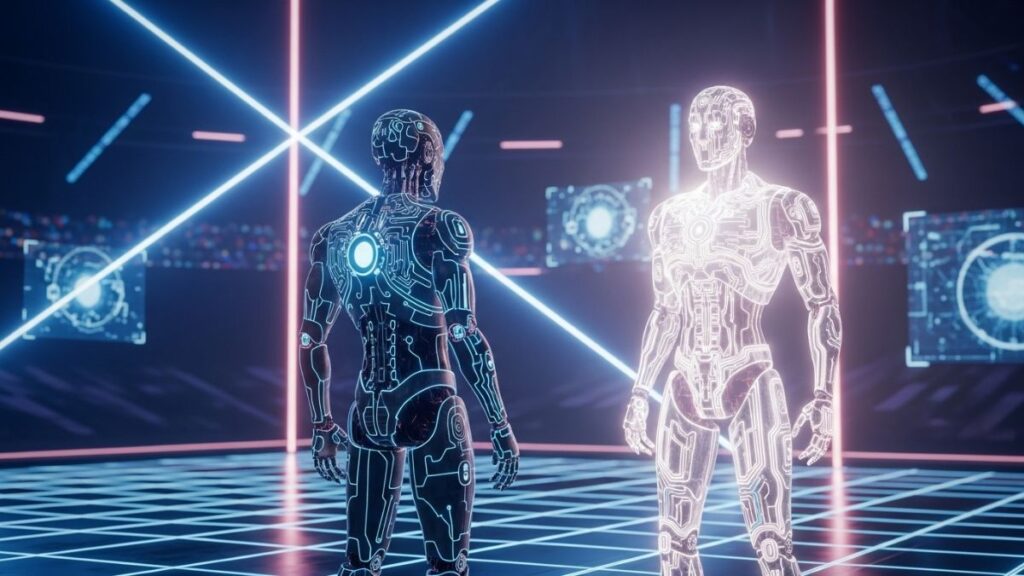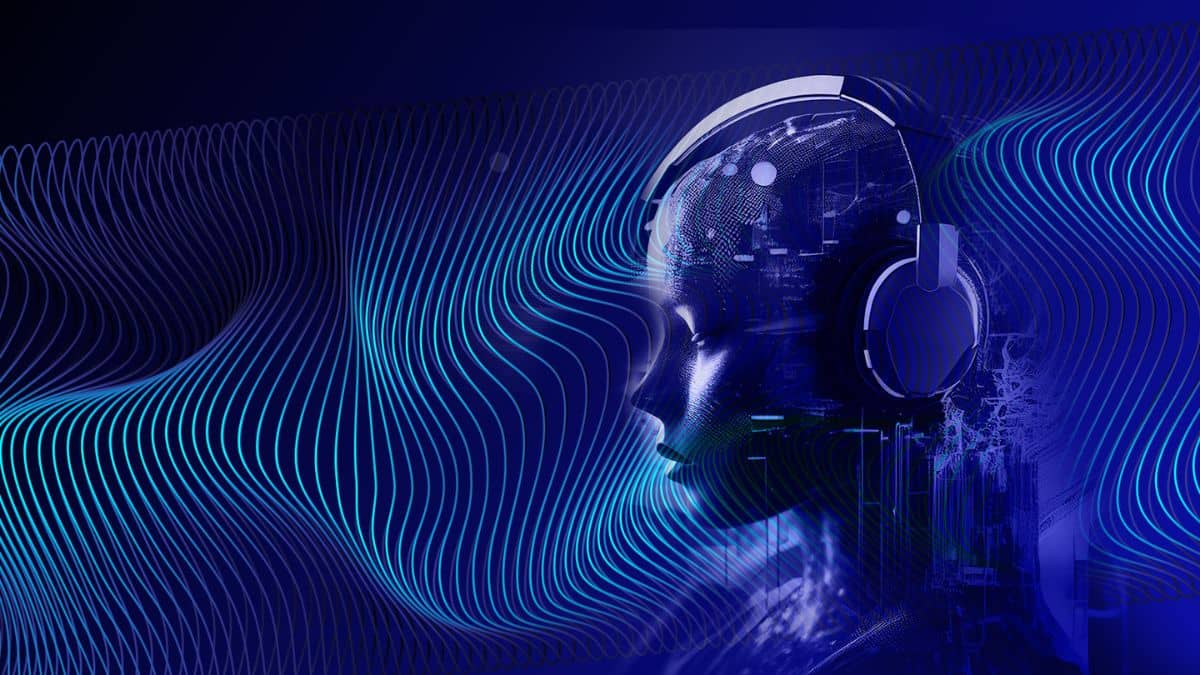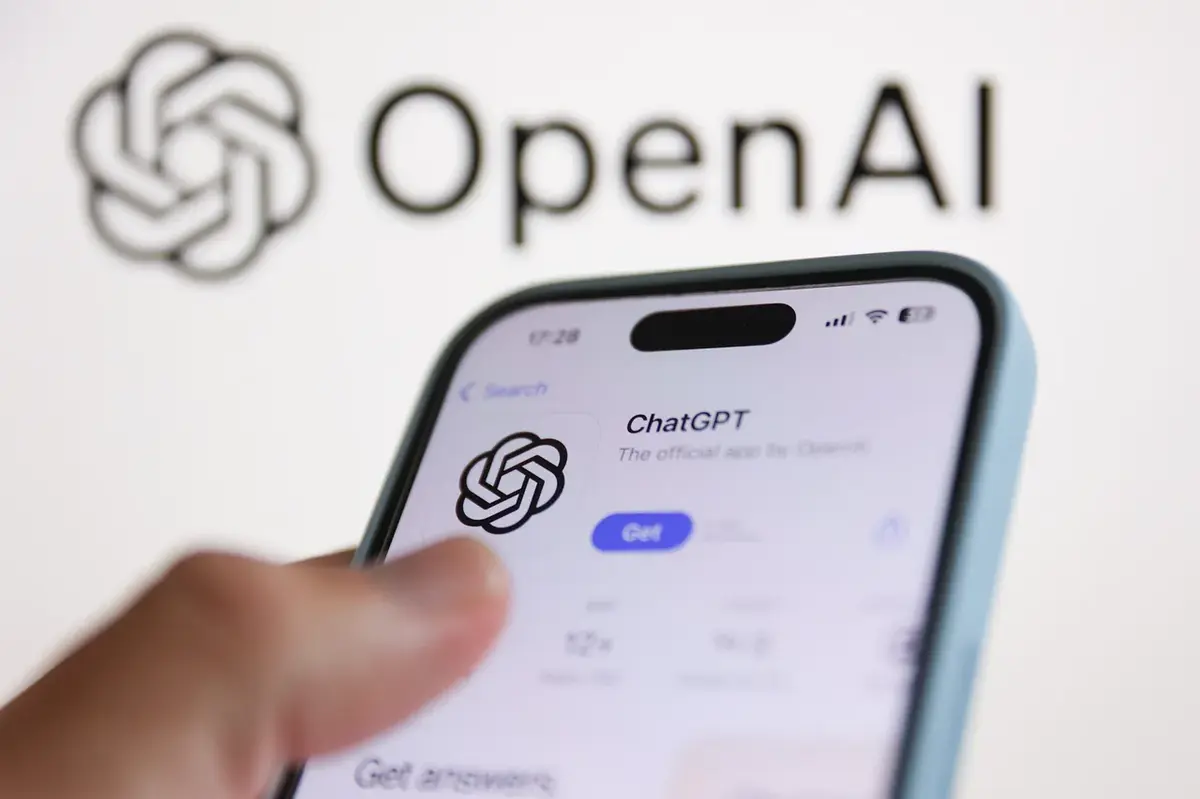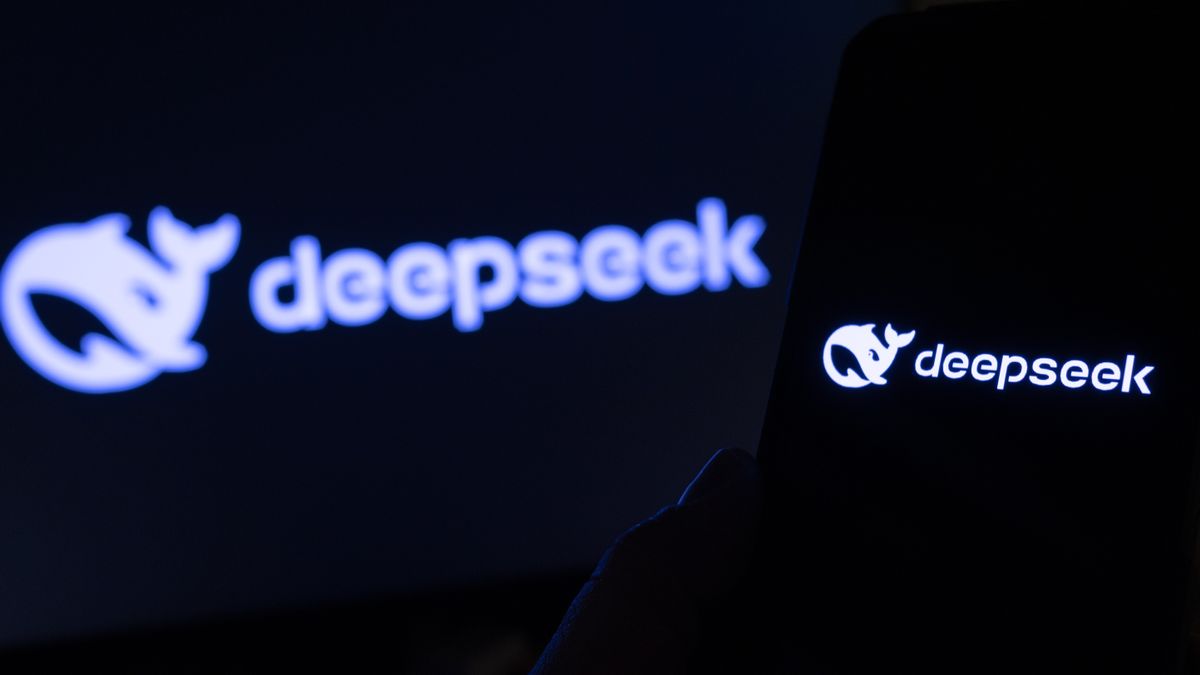xAI, the artificial intelligence company led by Elon Musk, has sparked discussion with a potential long-term plan to transform computing. According to posts on X, the company may aim to replace traditional operating systems and applications with AI-driven edge nodes that generate visuals and audio directly.
While xAI has not officially confirmed this as a formal strategy, the concept aligns with its mission to accelerate scientific discovery through AI and explore new computing possibilities. The proposed idea involves devices—possibly like the rumored “Grok Phone”—operating without conventional OS frameworks or apps. Instead, AI models could render user interfaces, visuals, and audio in real time, responding to user inputs and needs.
This approach could allow AI to interpret tasks dynamically, removing the need for static software or layered operating systems such as Windows, iOS, or Android. For example, users might receive a web-like interface instantly via AI rather than opening a browser app. Audio, music, or voice responses could similarly be generated in real time by AI models.
Experts note that implementing this vision would require significant advances in computing power, energy efficiency, and connectivity. Devices would likely depend on cloud-based AI inference, possibly via Starlink, raising bandwidth and privacy considerations. Local AI processing could reduce these challenges but would still require high-performance hardware.
Currently, xAI’s public products include the Grok AI platform, available on iOS, Android, and web, and an API for developers. No official statements confirm plans to fully replace traditional OS or apps. However, the discussion highlights a bold idea that could redefine human-device interaction, making technology more adaptive and intuitive.
For now, tech enthusiasts and xAI followers continue to watch closely, speculating on the future of AI-driven devices.














